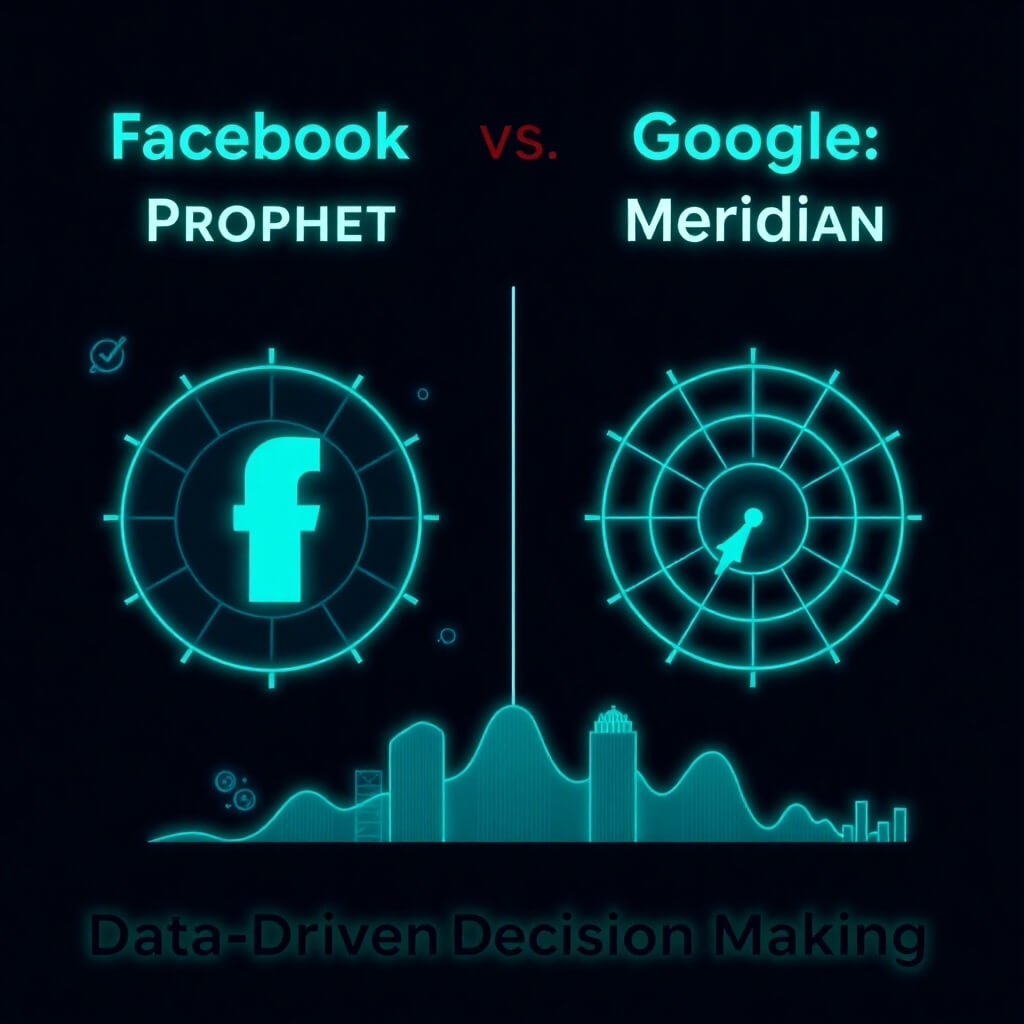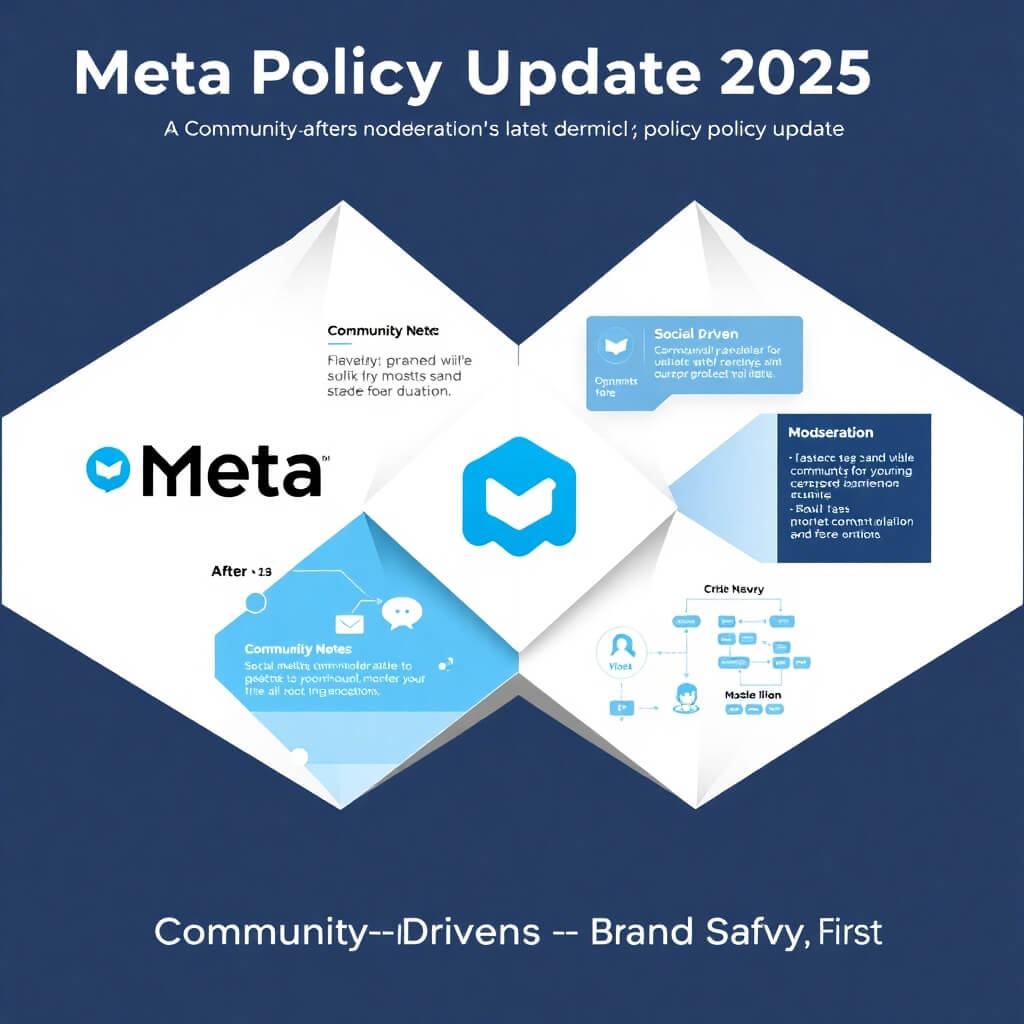OK, so every once in a while I get a question from my ClickZ columns where my answer e-mail creates a pretty good article. So here is one of those question-and-answer e-mails that resulted in today’s column. The basic premise here is: I am explaining why industry standards can be pretty meaningless in trying to gauge online success.
The questions come from my column titled “View-Through Conversions Are Not Conversions.”
Reader’s Question:
Hi Harry, I found your article on click/view to be very useful as we are trying to wean our client off of view-based conversions as a success metric. Throughout this process, the question was posed, “what is considered good or strong click-through ROI?” That is to say, if we can’t rely on view, what level of click revenue is considered a success? I know this all depends on ad unit, creative, and other factors, but I wanted to pick your brain and see if you knew of any industry benchmarks or resources where I could find a decent banner cost to ROI or sales: advertising ratio to help me answer this question. Thanks, Andrew
My Response:
There is really no easy answer to the question what is an “industry standard” or “successful” click rate, conversion rate, or ROI, as much as we would like one. Surely it is easier to measure our success when it comes to branding and you are not so focused on leads and revenue. High click rates and engagement rates equate into success via valuable brand interactions. However, when it comes to conversion and ROI metrics, industry standards can be pretty meaningless.
For example, a low click and conversion rate that yields a high quality $300 lead may be viable for one business or product and not for another. In addition, a high click and conversion rate that yields a cheap lead may not equate into success if the lead quality is low and it does not result in eventual sales. So the big statement is:
Only you and your client can say what a “good” ROI is.
The thing you have to do is not compare your performance to an “industry benchmark,” because even those averages may not be viable for your product or business. What you need to do is to calculate your current cost per conversion/sale or ROI and use that as your benchmark. Then work with your client to establish what that ROI figure needs to be for your online channel to be viable and then optimize to close that gap or spread. So you must set a goal based on your needs and data and figure out how to achieve it.
Also, your client needs to understand that the goal ROI figure is a threshold (the highest a cost per lead or sale can possibly be to be viable), not their wish (which is usually some unrealistically low cost per lead or sale). I mean, we all want the highest return for our money right? Knowing what is the most you can pay for a conversion lets you widen the spectrum of possible opportunities and test media that ranges for low cost to the highest possible cost. Simply going after the cheapest leads or sales limits your opportunities and very often makes you a “bottom feeder.”
Now, after my big “industry standards” diatribe, if you still feel you need some industry averages, Google “MarketingSherpa benchmark reports,” as they have a bunch of benchmark reports. However, try not to base your success on what they say. Attaining (or not attaining) industry average click rate and conversion benchmarks is not a true measure of success and may not matter when it comes to ROI-shaping factors like the CPCs and CPMs of a particular category, lead to sale conversion, and cost of goods sold.
I hope my complex and nuanced answer helps.
OK, so that was my e-mail to one of my readers. I have to admit that I always get a kick out of getting these questions, so please feel free to reach out to me if you have any questions of your own! Of course, please comment and share this column with the Facebook and Twitter buttons above!
This article originally appeared on ClickZ.





